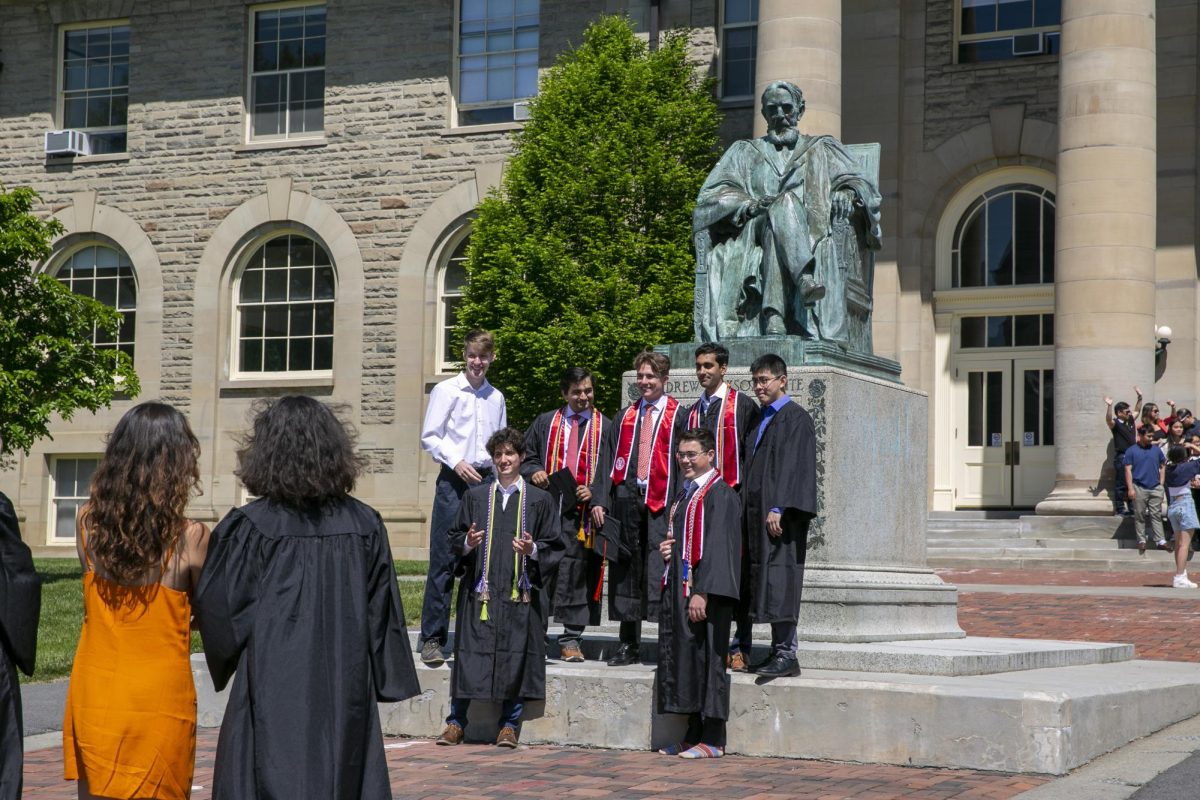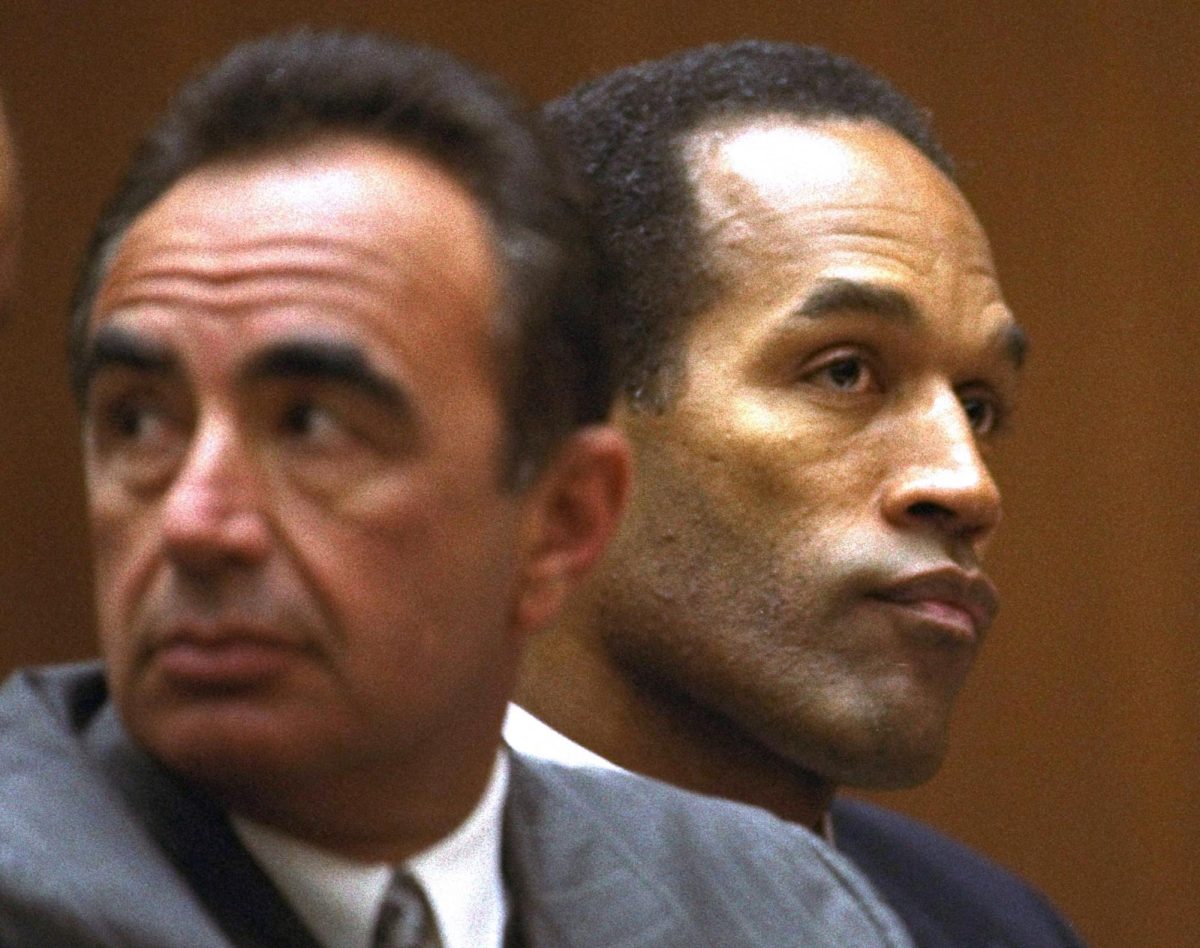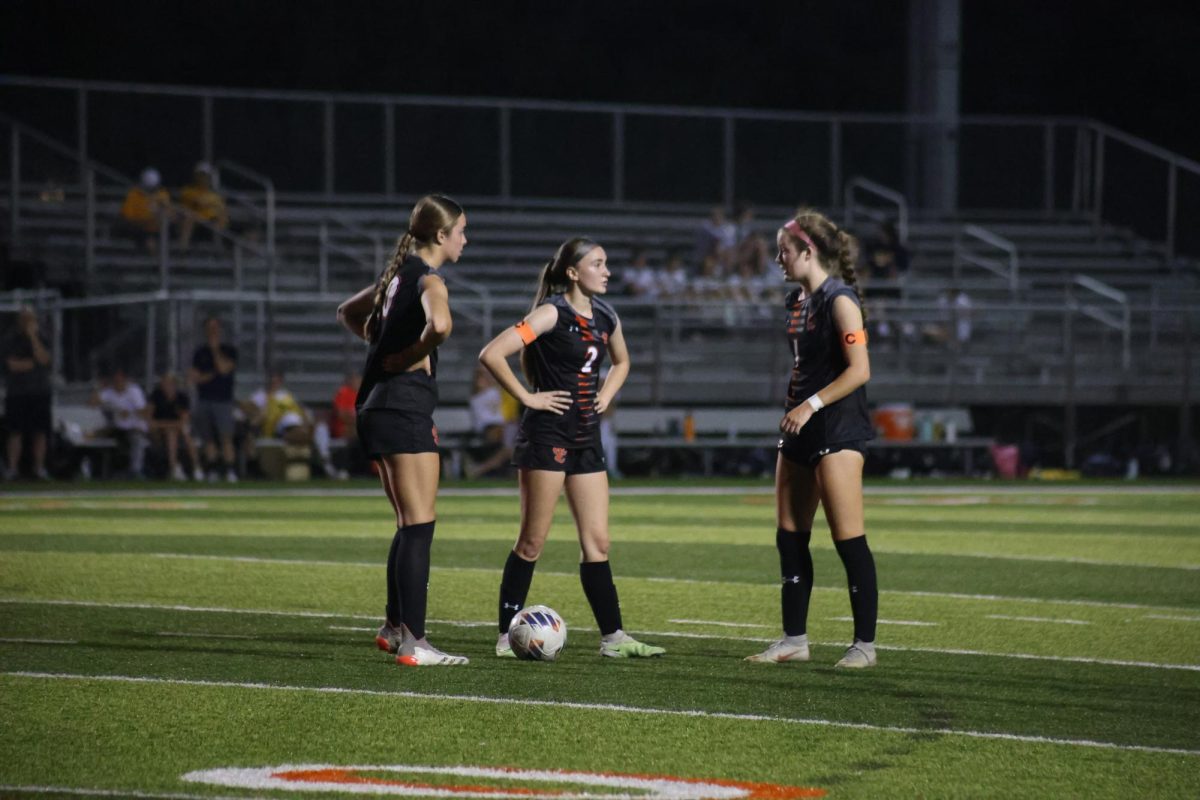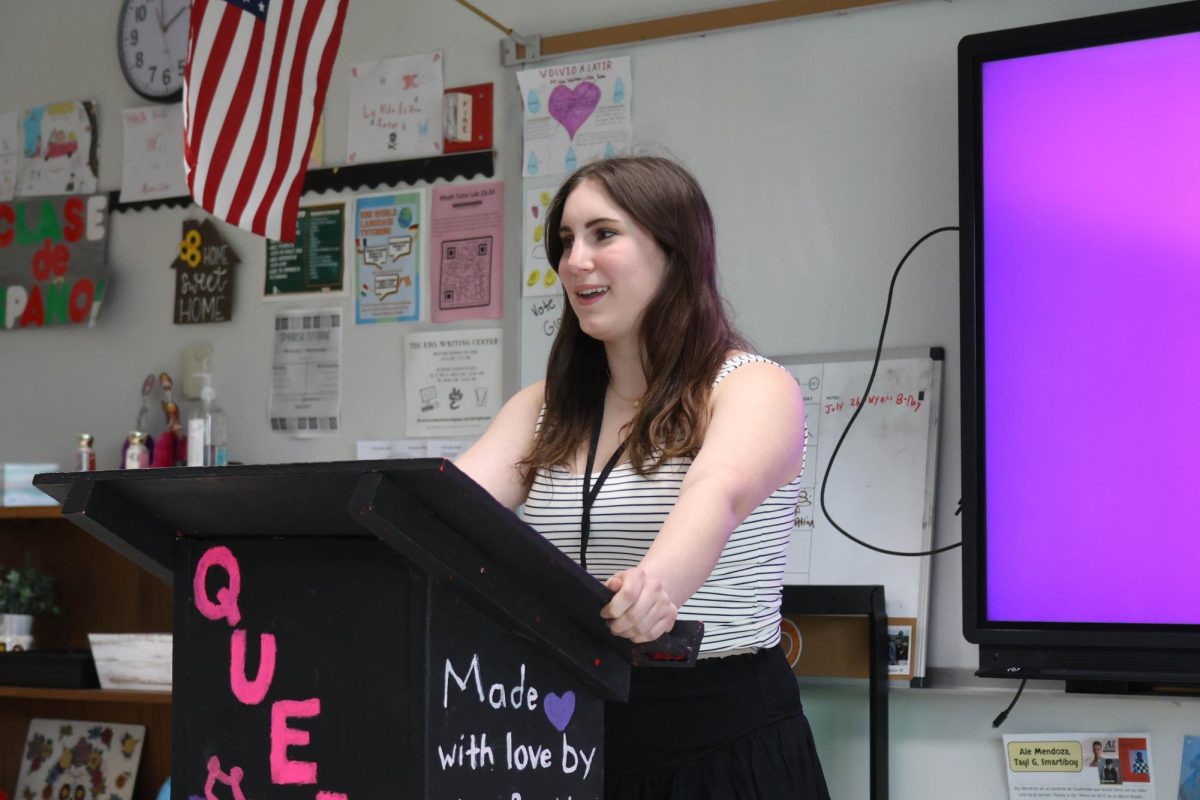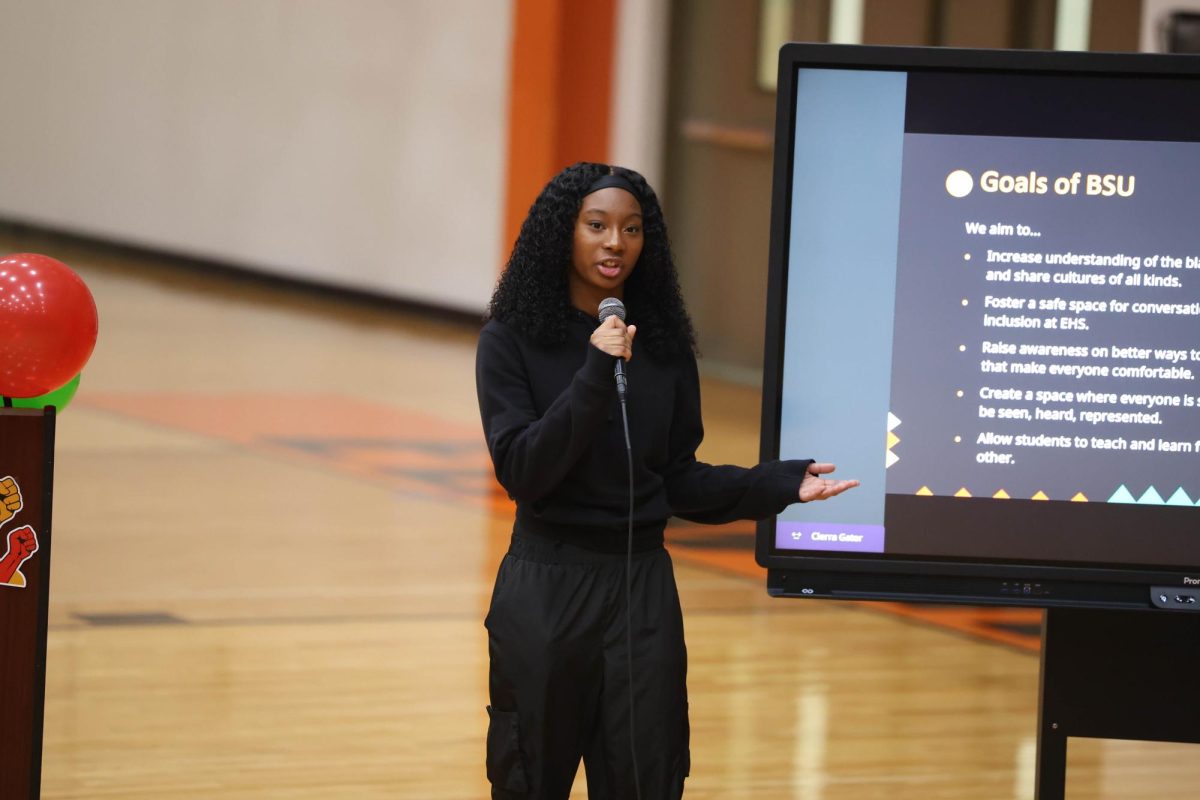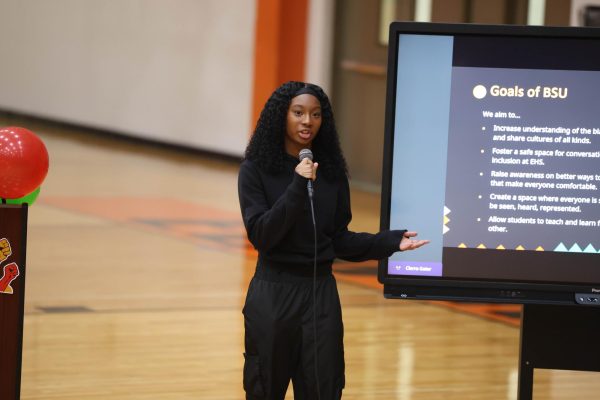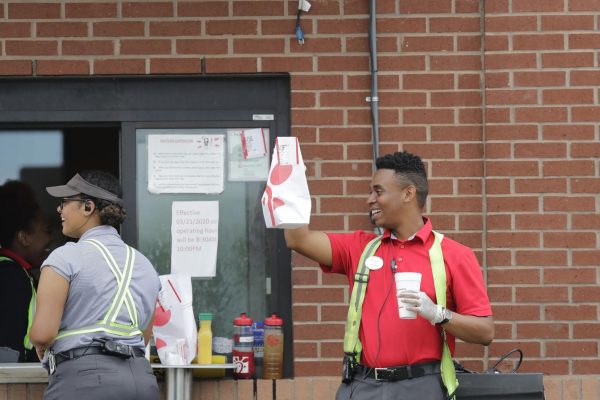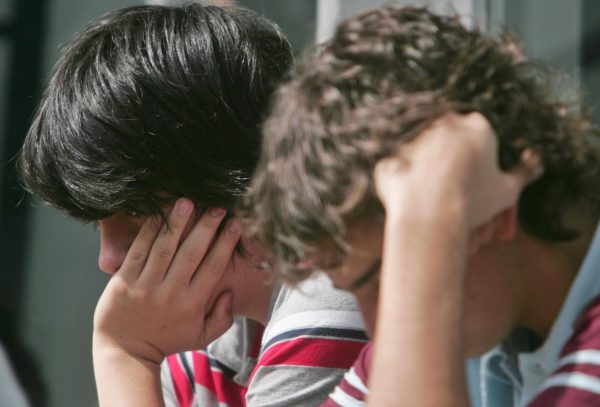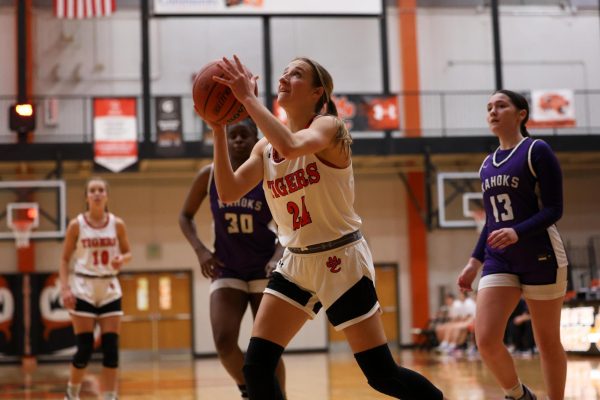Money Shapes EHS Students’ Futures
January 5, 2017
College isn’t the next step after high school for everyone.
Between 2012 and 2013, the Census Bureau reported 463,000 fewer people were enrolled in college.
Anthony Carnevale, director of Georgetown’s Center on Education and the Workforce, said college enrollment rates mimic the current status of the economy. When the economy is doing poorly, more kids will opt for higher education when they can’t find a job to get themselves out of their parents’ houses. But when the economy is doing well, more jobs are available, and more students begin to skip higher education.
Still, another determent is the financial burden that often comes with a degree. Tuition rose 80 percent between 2000 and 2014, according to Forbes Magazine.
Some students’ college decisions come down to which school offers them the most scholarship money.
This is true for seniors Mackenzie Cadagin and Miranda Gusewelle. Cadagin enrolled in Murray State, and Gusewelle enrolled in Kansas University.
“I think I would’ve gone (to Murray) if I wouldn’t have gotten scholarships, but they definitely made it look like a better option,” Cadagin said. “College tuition is so expensive.”
Cadagin had looked at schools like Truman State University and Kentucky University before deciding on Murray.
Senior Desiree Huene hasn’t enrolled yet, but Murray is also among her top choices because of the financial aid she got, too. Huene is also looking at Florida State University.
Huene’s college decision will come down to the school offering her the most money.
Senior Brynn Cross is using having a college, SIUE, in her hometown to her advantage. Cross said she hardly considered other schools.
“Why go so far and spend so much, when I have a much more affordable option at home?”



